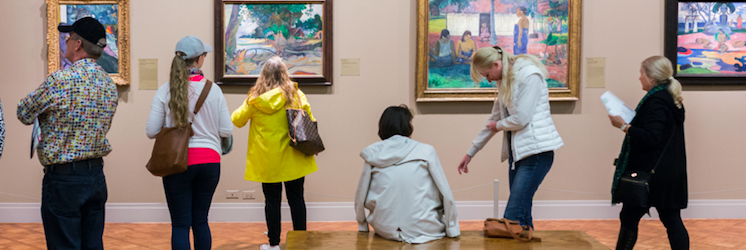Millennials are cultural organizations' most frequent and loyal visitors...but this audience remains underserved. Here's why that's a big problem for the future well-being of the industry.
“We need to be better at engaging millennials!” You’ve heard this before. Likely, you’ve heard it more times than you can count. Even if you are a millennial working within a cultural institution, you’re still probably sick of the sentiment. You’re probably sick of it even if you know that data suggest that millennial audiences are cultural centers’ best audiences. The need for cultural organizations (e.g. museums, zoos, aquariums, symphonies, theaters, botanic...Sign in to KYOB+
Not a member yet?
Never miss the latest read on industry data and analysis.











